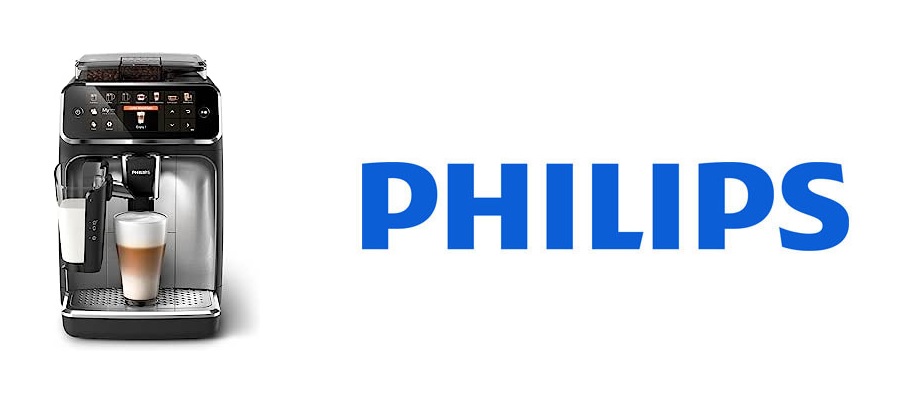Protein pudding is a type of dessert or snack that is specifically formulated to be high in protein. It is typically made with a combination of protein powder, milk or alternative dairy-free milk, and additional flavorings and sweeteners. The protein powder used can be whey protein, casein protein, soy protein, or plant-based protein depending on individual dietary preferences.
Protein pudding is popular among individuals who are looking to increase their protein intake, such as athletes, bodybuilders, or those following a high-protein diet. It can be consumed as a standalone treat or used as a protein-rich ingredient in recipes like smoothies, pancakes, or baked goods.
| Attribute | Description |
|---|---|
| High Protein | Protein pudding is specifically formulated to provide a significant amount of protein per serving. |
| Variety of Flavors | It comes in a wide range of flavors, such as chocolate, vanilla, strawberry, cookies and cream, etc. |
| Convenient | Protein pudding is often available in pre-packaged single-serving containers, making it easy to grab on the go. |
| Versatile | It can be enjoyed as a standalone dessert or used as an ingredient in various recipes. |
| Satisfying | The creamy texture and sweet taste of protein pudding make it a satisfying treat. |
| Post-Workout Recovery | Protein pudding can aid in muscle recovery and growth, making it suitable for post-workout consumption. |
| Customizable | Additional ingredients like fruits, nuts, or granola can be added to enhance flavor and texture. |
| Dietary Options | There are options available for different dietary preferences, including whey, casein, or plant-based protein sources. |
| Portion Control | Protein pudding comes in single-serving sizes, helping with portion control and calorie management. |
The specific ingredients and nutritional content of protein pudding can vary depending on the brand or recipe used. However, in general, it provides a convenient and tasty way to incorporate more protein into your diet while satisfying your sweet tooth. It is important to note that while protein pudding can be a nutritious snack option, it should not be relied upon as the sole source of protein in your diet, and it's always best to strive for a well-balanced and varied nutritional intake.
What nutrients are in protein pudding?
The specific nutrient content of protein pudding can vary depending on the brand or recipe used. However, here are some common nutrients typically found in protein pudding:
1. Protein: As the name suggests, protein pudding is primarily known for its high protein content. The amount of protein can vary, but it is generally designed to provide a significant protein boost. Protein is essential for building and repairing tissues, supporting muscle growth, and maintaining overall health.
2. Calories: Protein pudding can vary in calorie content depending on the specific ingredients and serving size. It is often formulated to be a lower-calorie dessert option compared to traditional pudding or desserts.
3. Carbohydrates: Protein pudding typically contains some carbohydrates, which can vary depending on the recipe or added sweeteners. Carbohydrates provide energy and can contribute to the overall taste and texture of the pudding.
4. Fat: The fat content of protein pudding can also vary. Some protein puddings may contain a small amount of fat from the protein powder or added ingredients like milk or oils. The fat content is generally kept relatively low to fit within a balanced diet.
5. Fiber: The fiber content of protein pudding may vary depending on the specific ingredients used. Some protein puddings may contain added fiber for digestive health and to promote satiety.
6. Vitamins and Minerals: Protein pudding may contain various vitamins and minerals depending on the ingredients used. This can include calcium, iron, potassium, and other essential nutrients.
It's important to note that the exact nutrient profile of protein pudding can vary significantly depending on the brand, flavor, and specific recipe. It's always a good idea to check the nutrition label or the specific ingredients used in the protein pudding you choose to get accurate information about its nutrient content.
Who should consume Protein Pudding?
Protein pudding can be consumed by a variety of individuals who are looking to increase their protein intake or enjoy a protein-rich dessert. Here are some groups of people who might benefit from consuming protein pudding:
1. Athletes and Fitness Enthusiasts: Protein is essential for muscle recovery and growth. Athletes, bodybuilders, and individuals who engage in intense physical activity can benefit from protein pudding as a convenient post-workout snack to support muscle repair and replenish protein stores.
2. Individuals on High-Protein Diets: Some people follow high-protein diets for various reasons, such as weight loss, muscle building, or specific health conditions. Protein pudding can provide a tasty and satisfying way to increase protein intake while adhering to a high-protein eating plan.
3. Vegetarians and Vegans: Protein pudding can be made using plant-based protein powders, making it suitable for vegetarians and vegans who may have limited protein sources in their diet. Plant-based protein puddings offer an alternative to animal-based protein sources like whey or casein.
4. Those with Dietary Restrictions or Sensitivities: Protein pudding can be adapted to accommodate different dietary needs. For example, there are gluten-free, dairy-free, and lactose-free options available for individuals with specific dietary restrictions or sensitivities.
5. Individuals Seeking a Nutritious Dessert Alternative: Protein pudding can be a healthier alternative to traditional desserts that are typically high in sugar and low in nutrients. It allows individuals to satisfy their sweet tooth while also providing a protein boost.
6. People with Medical Conditions or Recovery Needs: Protein plays a crucial role in wound healing and recovery from illness or surgery. Individuals with medical conditions or those recovering from injuries or surgeries may benefit from protein pudding as a nutrient-dense option to support their recovery.
While protein pudding can be a convenient and beneficial addition to one's diet, it's essential to remember that it should not replace whole food sources of protein and a balanced diet. It's always advisable to consult with a healthcare professional or registered dietitian for personalized nutrition recommendations based on individual needs and goals.
Give me a protein pudding recipe
Here's a simple recipe for chocolate protein pudding:
Ingredients:
- 1 scoop (about 30 grams) of chocolate protein powder
- 1 cup of milk (dairy or non-dairy alternative)
- 1 tablespoon of unsweetened cocoa powder
- 1-2 tablespoons of sweetener (such as honey, maple syrup, or stevia) - adjust to taste
- Optional toppings: sliced fruits, nuts, or shredded coconut for garnish
Instructions:
1. In a mixing bowl, combine the chocolate protein powder and cocoa powder. Mix them together until well combined.
2. Slowly add the milk to the dry mixture while stirring continuously. Mix until there are no lumps and the mixture is smooth.
3. Taste the mixture and add the sweetener of your choice to achieve the desired level of sweetness. Adjust according to your preference.
4. Once everything is well mixed, pour the mixture into a sealable container or individual serving dishes.
5. Cover the container(s) and refrigerate for at least 1-2 hours to allow the pudding to set and thicken.
6. Once chilled and set, remove from the refrigerator and give it a quick stir to ensure a smooth consistency.
7. Serve the protein pudding in bowls or glasses and garnish with your favorite toppings, such as sliced fruits, nuts, or shredded coconut.
8. Enjoy your homemade chocolate protein pudding!
Remember, this is just one variation of protein pudding, and you can customize it to your liking. Feel free to experiment with different flavors of protein powder, add-ins like peanut butter or extracts (such as vanilla or almond), and various toppings to create your own unique protein pudding recipes.


